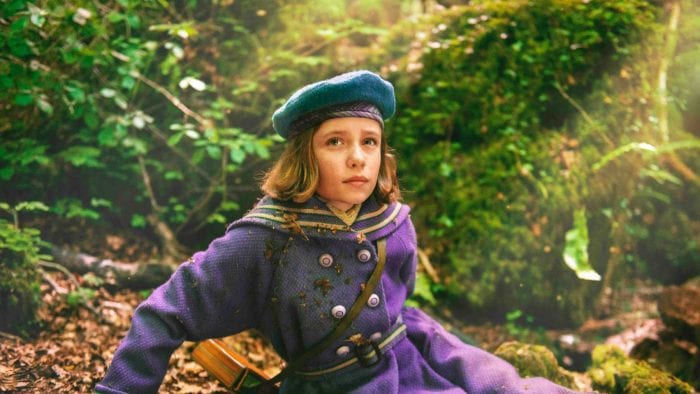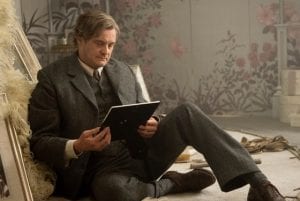Reviewed by Jeffrey Sanzel
The world’s most famous detective, Sherlock Holmes, first appeared in print in A Study in Scarlet (1887). Sir Arthur Conan Doyle’s iconic sleuth would become one of the best-known characters in all of literature. For over a century, he has been seen in print, onstage, and onscreen. More than two hundred films, along with the dozens of television episodes, have made him cinema’s most often portrayed character. In addition, there have been offshoots, updates, and parodies that would form a substantial list of its own.
Nancy Springer’s young adult series The Enola Holmes Mysteries features the fourteen year-old sister of Sherlock, who is twenty years her senior. To date, there have been six books, published between 2006 and 2010. Now, Netflix offers the first adaptation with its Enola Holmes, what is clearly meant to be the premiere of a franchise.
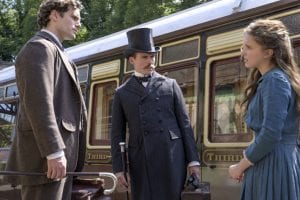
Millie Bobby Brown (Eleven on Stranger Things) embodies the brilliant budding detective, Enola. Enola is “Alone” spelled backwards, a nod to her isolated upbringing, and Brown embraces this along with the girl’s spark and insight. Brown is more than enough reason to watch this very entertaining venture.
Enola wakes-up on her sixteenth birthday (her age increased from the book’s fourteen to allow for romantic overtures) to discover that her mother has disappeared. As she embarks on a quest to find her, she becomes embroiled in a conspiracy to influence a reform vote in the House of Lords. This thread centers on a young marquess, Lord Tewkesbury, who is being hunted as he tries to escape his responsibilities. She reluctantly saves and befriends him, taking her slightly off her initial course.
Brown delightfully breaks the fourth wall as she ponders, plots, and explores. Like her famous older brother, she finds herself in disguise, infiltrating various social strata. She mines both the humor and the honesty in every moment. She easily shows both Enola’s fears and gradually maturation throughout the two hour running time.
Henry Cavill makes for a heart-throb of a Sherlock Holmes. Tall, broad-shouldered, and charming, he cuts a rather romantic figure, unusual in the canon. That he makes this more emotionally engaged Holmes work is a tribute to strong writing and a desire to create a character with the ability to grow. The fact that he cares about Enola infuses his quest to get her back with more than a disconnected interest.
Sam Claflin, as the rigid eldest brother, Mycroft, finds the center of the self-important and socially-obsessed uncle. Twitchy and smug, he lords over his ward, Enola. There is the faintest glimmer of concern for the girl and that lends him a bit of welcomed texture.
Helena Bonham Carter infuses the eccentric matriarch, Eudoria Holmes, with her usual eclectic style. Where sometimes Bonham Carter’s stock-in-trade seems forced onto a character, here it works well. She is seen predominantly in flashbacks, teaching and training Enola in not just skills and knowledge, but also a sense of self. Her own journey is revealed throughout, showing Eudoria’s larger purpose.
There is an overtone in the series that was certainly less pronounced in the books; this clearly is a reflection of our present time. A great deal of the film focuses on self-empowerment, both of Enola as an individual and as a woman. In addition, the political shades definitely nod towards the issues of the haves and have nots. Fortunately, these elements only enhance the investment in Enola and her stories.
There is a nice balance of intellect and action. The story shifts nimbly from Enola solving puzzles with the use of word tiles to jumping from a moving train to besting a thug (menacing Burn Gorman) with her martial arts training. While perhaps there is nothing surprisingly original, it all comes together cohesively and maintains an energy and sincerity that carries it along.
Harry Bradbeer shows an adept, clear hand directing Jack Thorne’s clever script (much more satisfying than his recent take on The Secret Garden).
Louis Partridge makes a charming, boy-band marquess who definitely develops a soft-spot for Enola. Adeel Akhtar’s Inspector Lestrade (a staple of the Sherlock Holmes universe) pulls him back before he crosses the line into caricature. Susan Wokoma strikes a powerful presence as one of Eudoria’s allies, Edith. She is given some of the more political and socially reflective material and manages to make it real without seeming too preachy.
Fiona Shaw, one of the finest actors working on stage and screen, is both hilarious and dangerous as Miss Harrison, the head mistress of the finishing school to which Enola is briefly sentenced. Perhaps the most intriguing performance is given by stalwart Frances de la Tour as The Dowager, Tewkesbury’s grandmother. She creates depth and a hint of melancholy in her few brief scenes, building up to a fascinating payoff.
The film contains a plethora of visual “asides” with images and animations that enhance the more whimsical elements. Credit goes to production designer Michael Carlin and the half-dozen members of the art direction department (along with an enormous visual effects team).
While there is some violence (most notably the Brown-Gorman fights), overall, it is definitely “kid-friendly” and is ideal family entertainment. If this is any indication of where the series can go, Enola, in Brown and company’s capable hands, makes a welcome new addition to the world of Sherlock Holmes.
Rated PG-13, Enola Holmes is now streaming on Netflix.

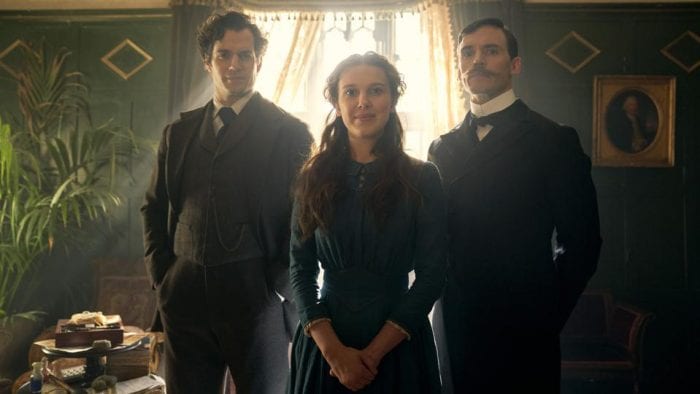
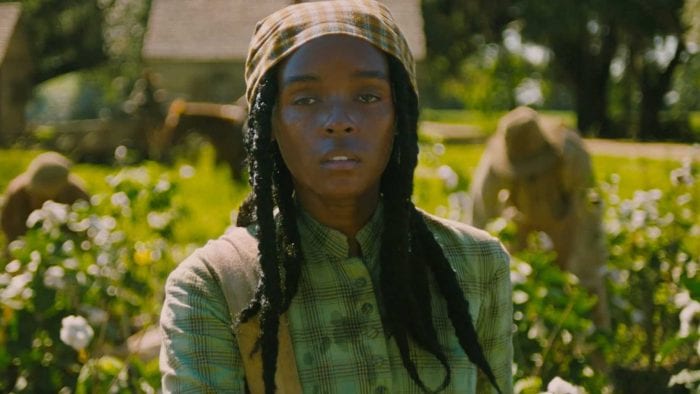
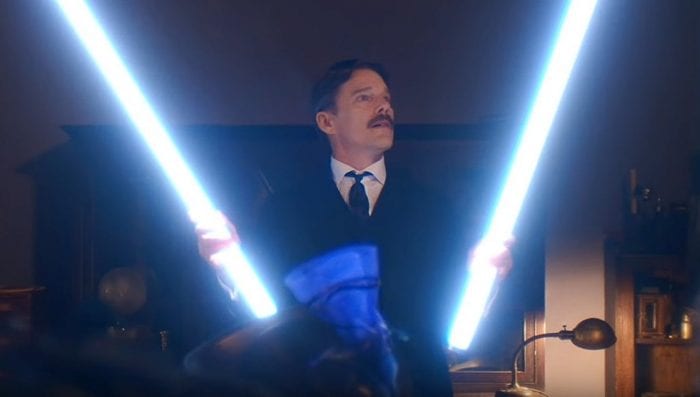
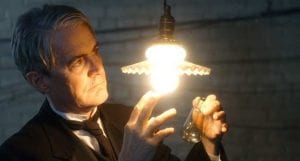






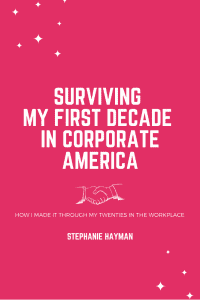 She takes on challenging topics with the same clear-headed, no-nonsense tactic: organizational culture, the importance of personal days, interaction in a multigenerational workforce, gender disparity, graduate degrees, and, ultimately, the pandemic. No matter how difficult the situation, she is neither self-aggrandizing or self-pitying.
She takes on challenging topics with the same clear-headed, no-nonsense tactic: organizational culture, the importance of personal days, interaction in a multigenerational workforce, gender disparity, graduate degrees, and, ultimately, the pandemic. No matter how difficult the situation, she is neither self-aggrandizing or self-pitying.
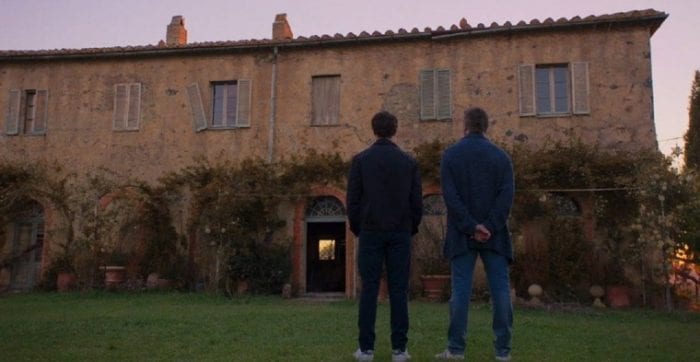
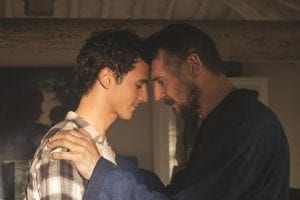

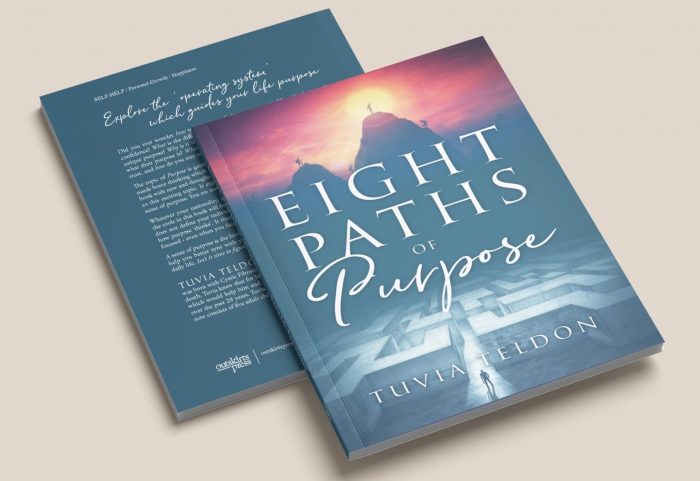

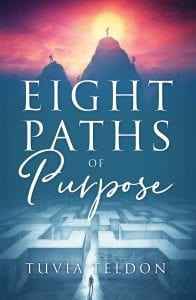 The book’s central concept is that human beings inherently desire to make a difference and that this driving force, whether active or passive, is at our core. It is about embracing this idea and mining the possibilities it presents. Teldon also readily acknowledges that people are unique and have different things to offer.
The book’s central concept is that human beings inherently desire to make a difference and that this driving force, whether active or passive, is at our core. It is about embracing this idea and mining the possibilities it presents. Teldon also readily acknowledges that people are unique and have different things to offer.
